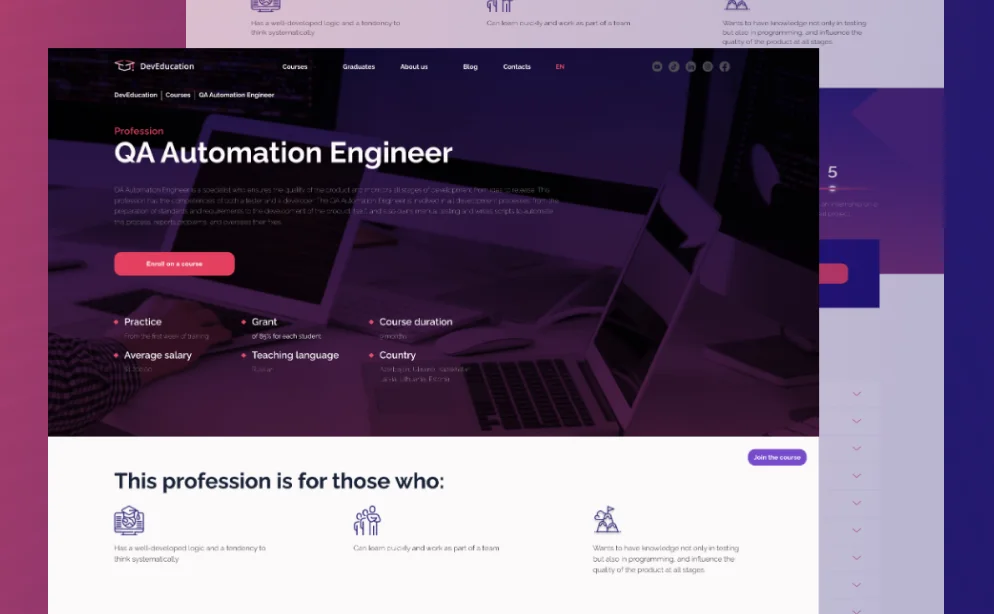What is Jenkins? How It Works, Top Features, Pros and Cons
Earlier in this ‘what is Jenkins’ blog section titled Master- Agent Architecture in Jenkins, we had a look at the architecture of Jenkins. Here, we will demonstrate the creation of Jenkins Agents (or Nodes) on Windows 10 to further understand how does Jenkins work. Once installed, it is easy to configure using its web interface. In this article i explained Jenkins and in the futures article i will explain about pipeline in Jenkins and how i can run Jenkins by docker.

However, it is important to remember that Jenkins simply automates development tasks and does not eliminate the need to write code or script for every development step. For more information on Jenkins, check KnowledgeHut’s Jenkins Training. Jenkins is not simply limited to continuous what is jenkins? integration and continuous delivery (CI/CD). As it is an automation server, you can automate every sort of development task through an extensive set of plugins. Jenkins Pipeline includes several plugins that support the implementation and integration of CI pipelines in Jenkins.
How Does Jenkins Help with Automated Testing?
Under general configurations we will just enter the description and add the Github project URL. So now, Let’s go ahead and create our own Jenkins pipeline in Jenkins. Here I have entered a description, this is basically a meta description of what your project is about. Next, we will mention the github project URL from where we will be pulling code. First locate where your agent.jar file has been downloaded on your host
system. Once you have located
the agent.jar file, open up powershell in the directory.

Curly brackets enclose each step in the pipeline, expressed as a command with arguments. For the code to move through the Jenkins pipeline, it must first be committed to the source code repository. If you prefer writing code, you may construct a Jenkinsfile using a graphical user interface (GUI).
UI Improvements to Jenkins and CloudBees CI
It is now one of the most used
CI/CD tools in the industry out there. A declarative pipeline uses the Groovy-compatible syntax to create Jenkins pipelines. This pipeline begins with a pipeline block that contains multiple executable steps defined within a stage block.

To do this in an organization with multiple teams and multiple projects is difficult if you do so only using one server. It will lead to server overload more often than not, which will lead to bottlenecks in the software development process which is a big no no in our eyes. To make sure such a problem does not happen Jenkins divides all of the tasks it receives onto its slaves. So Jenkins makes use of a master slave architecture, where one Jenkins server is the master from where all the tasks are distributed onto the multiple slaves. You can call these slaves as also agents that execute tasks based on your configurations. If you want, you can specify which task should be executed on which slave or you can leave it up to the master to decide.
Jenkins Slave
The build steps include testing the code, ensuring the build does not break. If any error occurs, Jenkins notifies the developer to act accordingly. If all tests pass, the Pipeline proceeds to the integration steps. A Jenkins project, or a job, is a user-made automation procedure with a particular goal.

Jenkins Tutorial focuses on the distributed architecture of Jenkins and also explains how to create a build in Jenkins. One is build integration, which can include a service hook to trigger Jenkins on every commit to your GitHub repository. The second is the use of GitHub authentication to control access to Jenkins via OAuth.
what is Jenkins
Additionally, you can invoke the ant builder when needed, execute window batches and shell commands, and call upon maven targets to provide the configuration files. While nothing is better than a great free product, sometimes there is a little bit of truth to the old adage, «you get what you pay for». Jenkins proves to be an excellent open-source platform, however, there are some drawbacks to using open-source tools, especially when running a developer team for a business. Jenkins is designed to be easily extended via plugins – and over the years a thriving community has created a huge plugin ecosystem. The strength of this community, and subsequently the size of the plugin library, is one of the best things about Jenkins.
Jenkins is a self-contained Java-based program, ready to run
out-of-the-box, with packages for Windows, Linux, macOS and other
Unix-like operating systems. If you check the console logs you can see that the proces has been completed and your stages have been successfully executed. And once they are
completed you can see the logs and their
success or failure. Here
you can paste in the URL where your Jenkins File is located. But since our file
is located in our own repository we can just mention the same URL, if you have
forked my repository mention your URL.
Best Practices In DevOps Culture
It automates every stage of the development process, from integration to deployment. Every time a developer pushes a change to the source code repository, it performs a build. The software development process is such an intricate field that there are specific career fields in which people only concentrate on the https://www.globalcloudteam.com/ pipeline itself rather than developing the code. This is where DevOps comes in, where it helps us to automate the whole process and make it as efficient as possible. DevOps has many phases within it, like Continuous Integration which helps us to continuously integrate all the parts of software development.
- It allows for the seamless building, testing, and deployment of applications, ensuring faster and more efficient development cycles.
- A Jenkins pipeline’s main feature is that each assignment or job relies on another task or job.
- Lack of federation can also lead to a proliferation of independent Jenkins servers that are difficult to manage across a large enterprise.
- CD is a development practice that reduces the work required to deploy new code.
- Keep in mind that read-only Jenkins images are accessible in the Docker Hub online repository.
- The course covers relevant DevOps tools such as Git, Docker, Cucumber, Ansible, TeamCity, Nagios, and (of course) Jenkins.
- These steps will basically launch a docker container from the docker image we create out of our dockerfile.
Initially, a developer integrates a new piece of code into the existing source code and commits. Now, the Jenkins server performs a regular repository check and finds and pulls the changes as soon as the developer commits the new code. With Jenkins being a server-based application, you need a web server, like Apache Tomcat, to make the application operable. By integrating a large number of testing and deployment technologies, Jenkins lets you deliver your software products continuously. It is capable of combining the various phases of the development life cycle, such as build, test, package, deploy, analysis, and many others.
There are 5 Phases of DevOps
Continuous Integration is a process wherein developers commit changes to source code from a shared repository, and all the changes to the source code are built continuously. Each commit is continuously monitored by the CI Server, increasing the efficiency of code builds and verification. This removes the testers’ burdens, permitting quicker integration and fewer wasted resources. This article explains how Jenkins works, its key features and use cases, and the functionality of a Jenkins pipeline. Jenkins compiles the changes in the code and notifies the developer if the build fails. Eventually, it deploys the code to production when the build succeeds.
